baby horseshoe crab blood
Theres something interesting about this arthropod its blood contains copper which gives it the color blue and a gallon of it costs 60000. Horseshoe crab blood is baby blue.

1 114 Horseshoe Crab Photos Free Royalty Free Stock Photos From Dreamstime
Its a non-profit organization that has been fighting to conserve the four species of horseshoe crab since 1995.
. It contains important immune cells that are exceptionally sensitive to toxic bacteria. The marvelous thing about horseshoe crab blood though isnt the color. In the late 1950s a physician at Johns Hopkins discovered that you can use the amoebocytes found in horseshoe crab blood to test the safety of vaccines and other drugs.
The blood has been used to help create the COVID-19 vaccines available in 2021. Each year half a million horseshoe crabs are captured and bled alive to create an unparalleled biomedical technology. Likely not but it never hurts to be prepared.
Horseshoe crab blood even helps to keep common medical devices like IVs and implants safe. COVID-19 and Horseshoe Crab Blood. According to the Detroit Free Press the horseshoe crab was first used in medicine in 1963.
Horseshoe crab blood is baby blue. The Blood Harvest. Baby Horseshoe Crabs for coral tank aquariums.
Its the blood of the horseshoe crab a water arthropod found on the eastern shores of North America and Asia. But now its survival is threatened by the harvesting of its prized baby-blue blood. Horseshoe crab blood contains a unique enzyme called limulus amebocyte lysate or LAL.
Essentially amebocytes are added to the contents of the vaccine or drug and if they excrete their gooey defense mechanism it means the product isnt ready for use yet because the specimen. Horseshoe crabs are not much to look at. The horseshoe crab is believed to be one of the oldest animals that have been around on the planet.
They say the quality of vaccines injectable medications and medical implants are checked using the blood of this crab. Its a chemical found only in the amoebocytes of its blood cells that can detect mere traces of bacterial presence and trap them in inescapable clots. But beneath their unassuming catchers-mitt shell they harbor a half-billion-year-old secret.
It causes the blood to coagulate when exposed to bacterial endotoxins which can be deadly. Its ancestors were traced back 445 million years ago. A protein in the blood called Limulus Amebocyte Lysate LAL is used by pharmaceutical and medical device manufacturers to test their products for the presence of endotoxins bacterial substances.
Horseshoe crabs or to be more precise their incredible baby blue blood are used to test for bacterial contamination thus saving countless lives. The thing about the blood that everyone notices first. Despite their name they are not true crabs or crustaceans.
The horseshoe crab has a hard exoskeleton and 10 legs which it uses for walking along the seafloor. But on June 1 2020 the American Pharmacopeia which sets the scientific standards for drugs and other products in the US declined to place rFC on equal footing with crab lysate claiming that. Horseshoe crabs are marine and brackish water arthropods of the family Limulidae and the only living members of the order Xiphosura.
The blood of the horseshoe crab provides a valuable medical product critical to maintaining the safety of many drugs and devices used in medical care. Horseshoe crabs live primarily in and around shallow coastal waters on soft sandy or muddy. Horseshoe crabs are a living fossil.
Horseshoe crabs have been around for more than 300 million years making them even older than dinosaurs. The price of horseshoe crab blood is also unbelievably high at 15000 per quart making it an expensive resource. How about a bag of horseshoe crab blood.
They have been around for over 500 million years that we know of this is during and before the dinosaur era. You will fall in love with their cuteness. The claim resurfaced again when a photograph of horseshoe crabs being milked for their blue-hued blood appeared on Reddit in March 2021And though it looks like something from a sci-fi film this.
When those cells meet invading bacteria they clot around it and protect the rest of the horseshoe crabs body from toxins. Horseshoe crab blood is not simply harvested and then given directly to people as an antibiotic. Every year half a million horseshoe crabs are captured and bled alive by biomedical companies according to a fascinating story in The AtlanticThe blood colored baby blue because it contains.
Its blue baby blue. Horseshoe crab blood is an essential element in testing the safety of new drugs and vaccines. The Horseshoes Crab website was developed by the Ecological Research and Development research group.
In fact its main use is in testing new medicines vaccines and medical supplies. The blood of the horseshoe crab is an important element used in bio medicine. Horseshoe crab blood is bright blue.
It indicates Click to perform a. The horseshoe crab has persisted unchanged for hundreds of millions of years. Fact is the horseshoe crab is not a real crab.
A superpower that helped them outlive the dinosaurs and survive all the Earths mass extinctions. The fluorescent blue blood of this ancient crustacean has some powerful disease-fighting properties and is playing a critical role in the development of a COVID-19 vaccine. A vertical stack of three evenly spaced horizontal lines.
Scientists Jack Levin and. They look like prehistoric crabs but are actually more closely related to scorpions and spiders. Their baby blue blood.
And what is that secret superpower. Illustrations by Katie Carey. A team at UConn seeks to map its DNA and save it from extinction.
Biomedical companies use LAL to test medicines. They are chelicerates most closely related to arachnids such as spiders and scorpions. However horseshoe crab blood has stepped up to the plate yet again.
On the world market a quart of horseshoe crab blood has a price tag of an estimated 15000 leading to overall revenues from the.
This Animal Is Central To Our Fight Against Covid Now It Needs Our Help Cognoscenti

Horseshoe Crabs Are Drained For Their Blue Blood But Not For Long
The Life Saving Animal Blood Worth 60 000 Per Gallon And The Truth About The Colour Of Spider Blood

Horseshoe Crab Blood Is Key To Making A Covid 19 Vaccine But The Ecosystem May Suffer
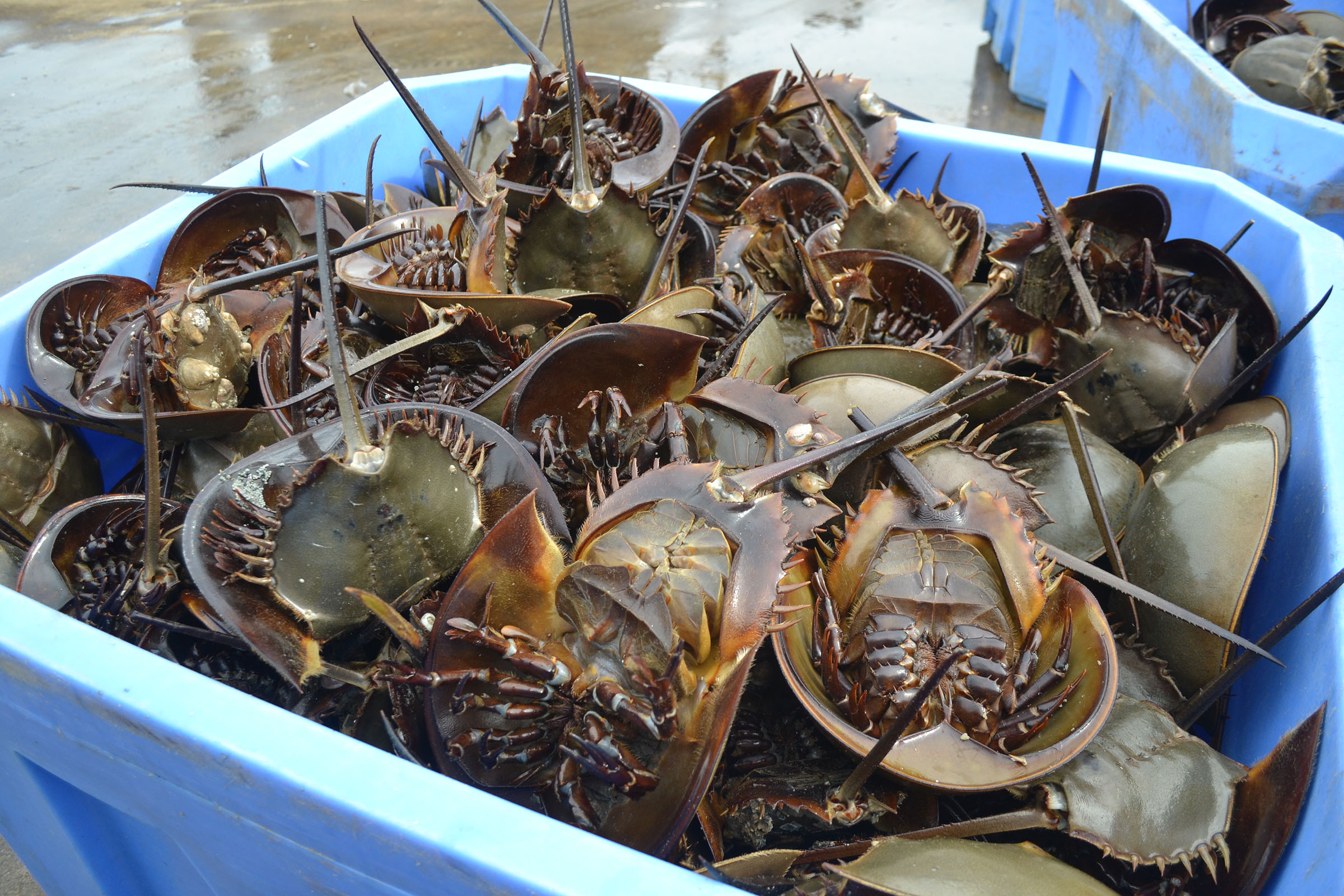
11 04 2020 Blood From Horseshoe Crabs Critical To Vaccine Research Including Covid 19 News Ocean City Md

Horseshoe Crab Blood Is Key To Making A Covid 19 Vaccine But The Ecosystem May Suffer

The Last Days Of The Blue Blood Harvest The Atlantic

Horseshoe Crabs Are Drained For Their Blue Blood That Practice Will Soon Be Over Big Think

Horseshoe Crabs Facts Diet Habitat Information

Horseshoe Crab Blood Is Key To Making A Covid 19 Vaccine But The Ecosystem May Suffer
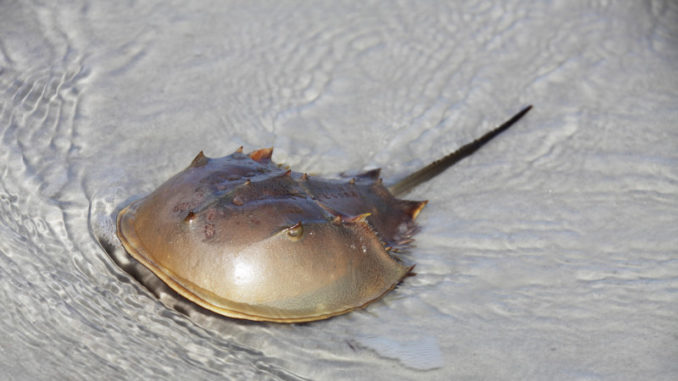
Horseshoe Crab Underwater Animal Anti Bacterial Curiokids
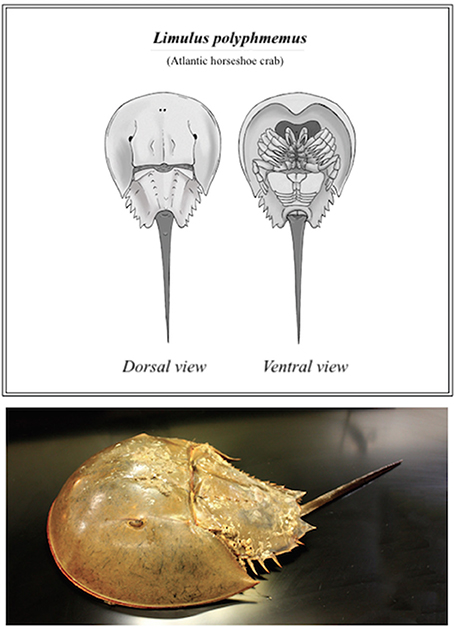
Frontiers The Role Of Horseshoe Crabs In The Biomedical Industry And Recent Trends Impacting Species Sustainability Marine Science
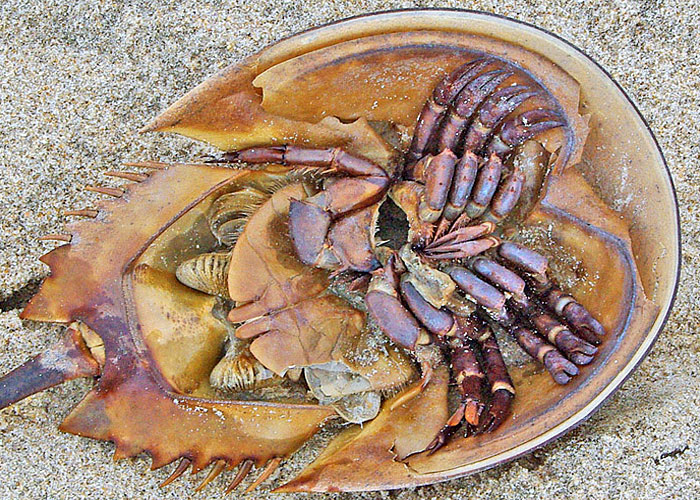
Horseshoe Crab Update Field Station

Horseshoe Crab Reproduction Life Cycle Study Com

Horseshoe Crab Blood Saves Lives Youtube

Thailand Street Food Horseshoe Crab Eggs Youtube
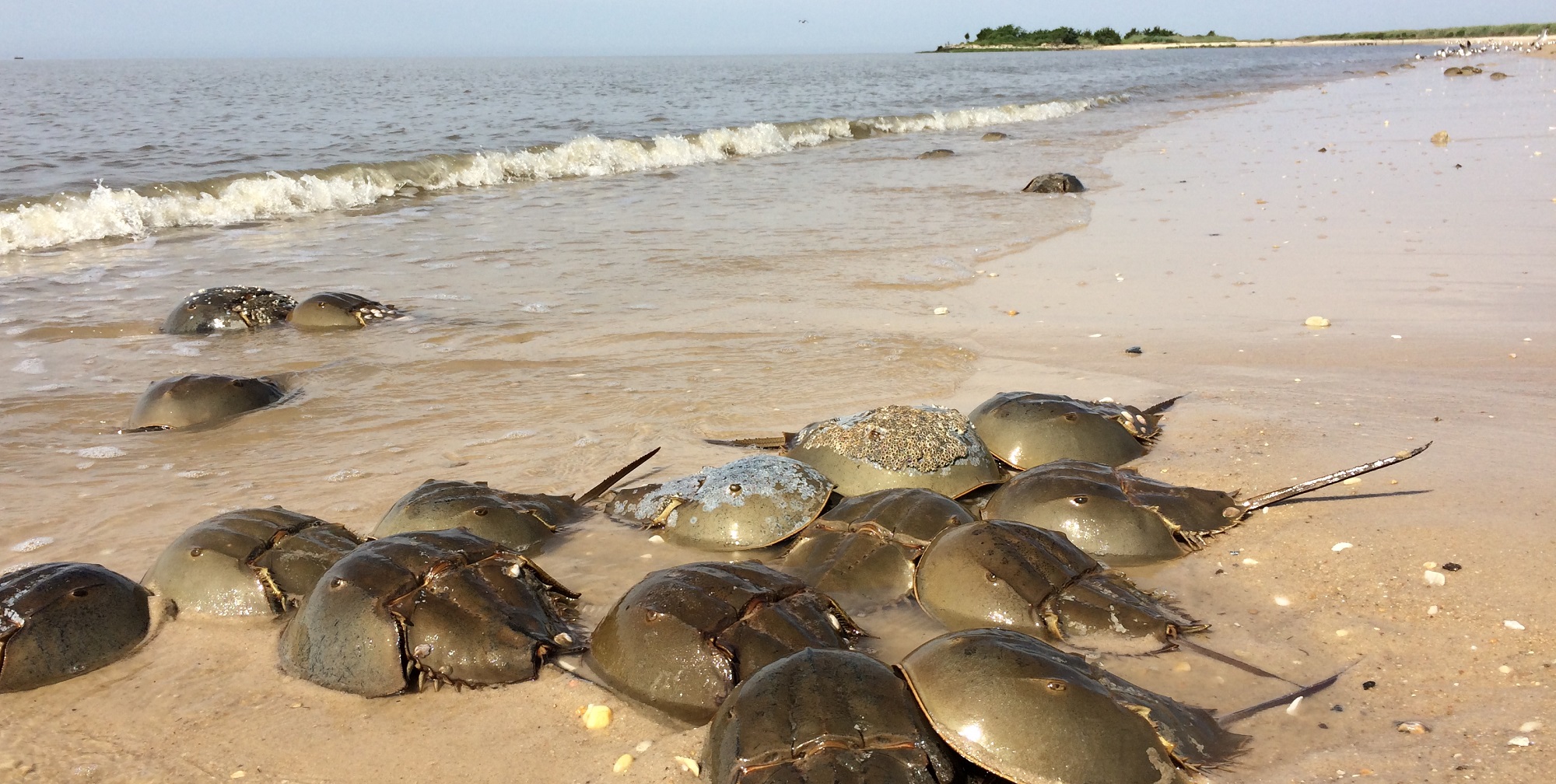
Saving Horseshoe Crabs One Company At A Time Manomet
Horseshoe Crab National Wildlife Federation

Horseshoe Crabs Are Drained For Their Blue Blood That Practice Will Soon Be Over Big Think